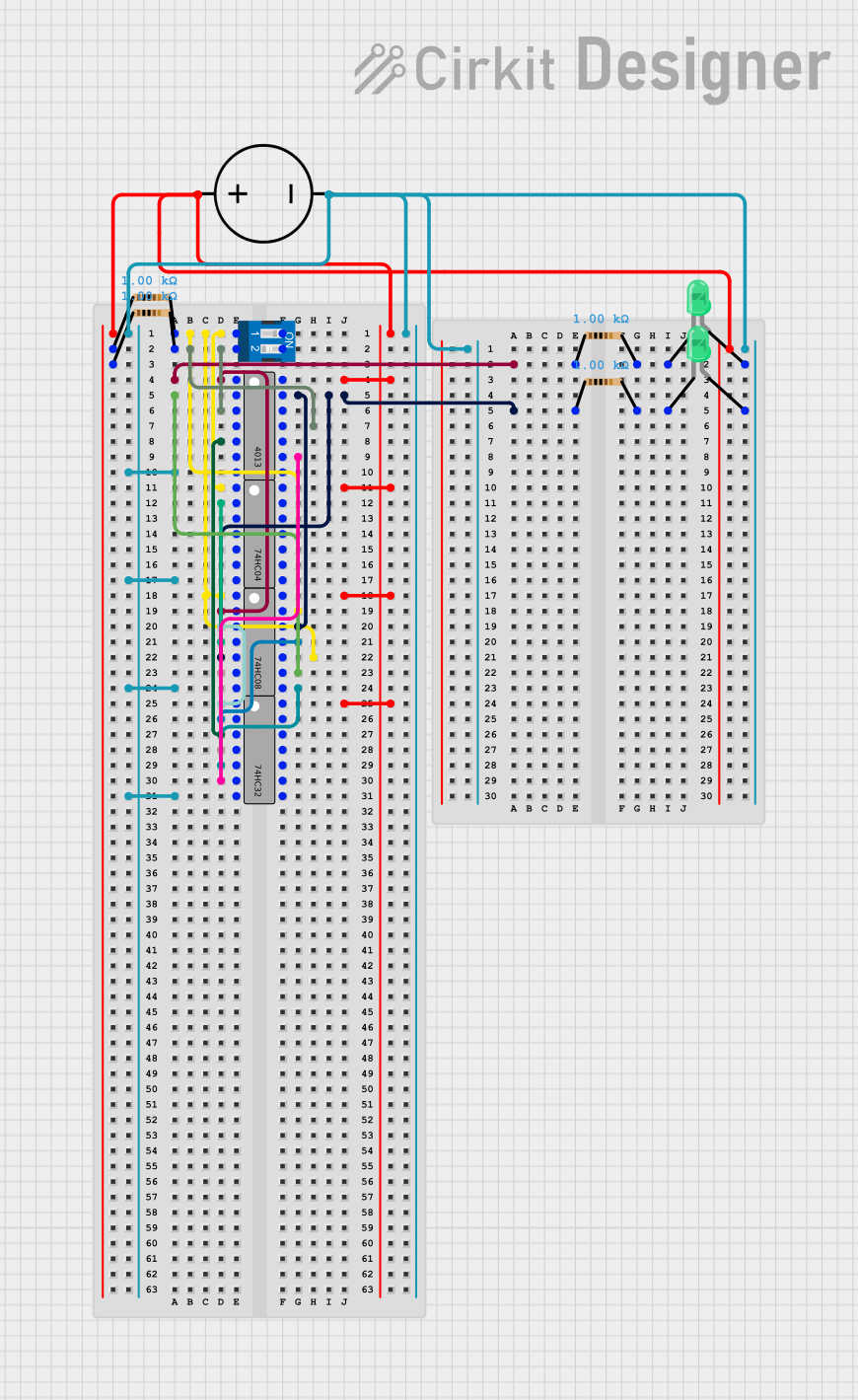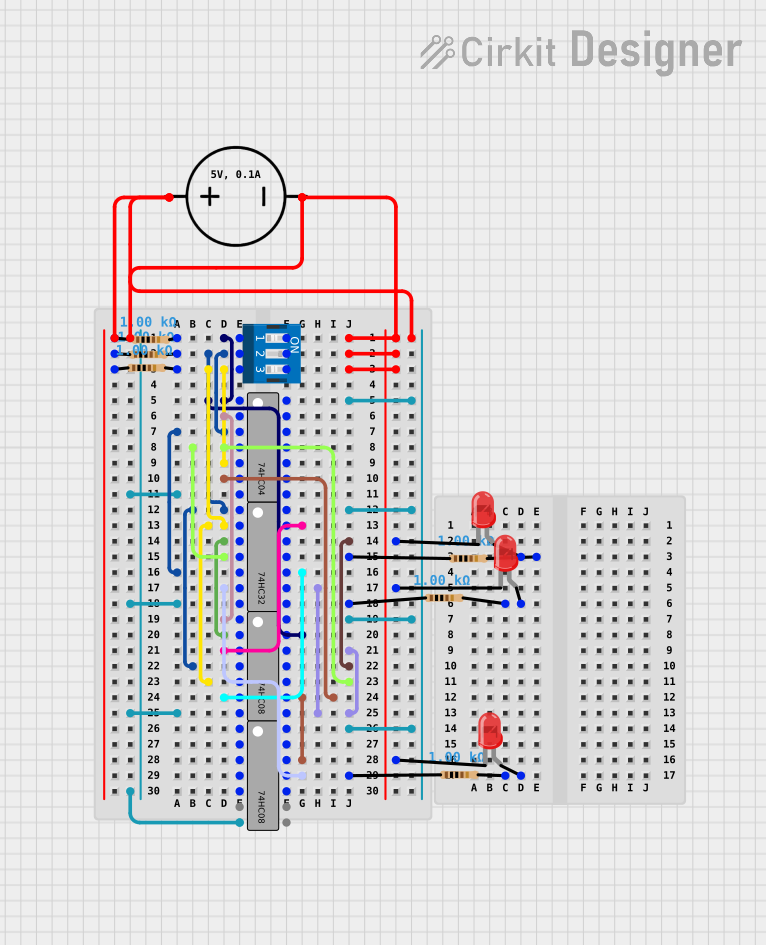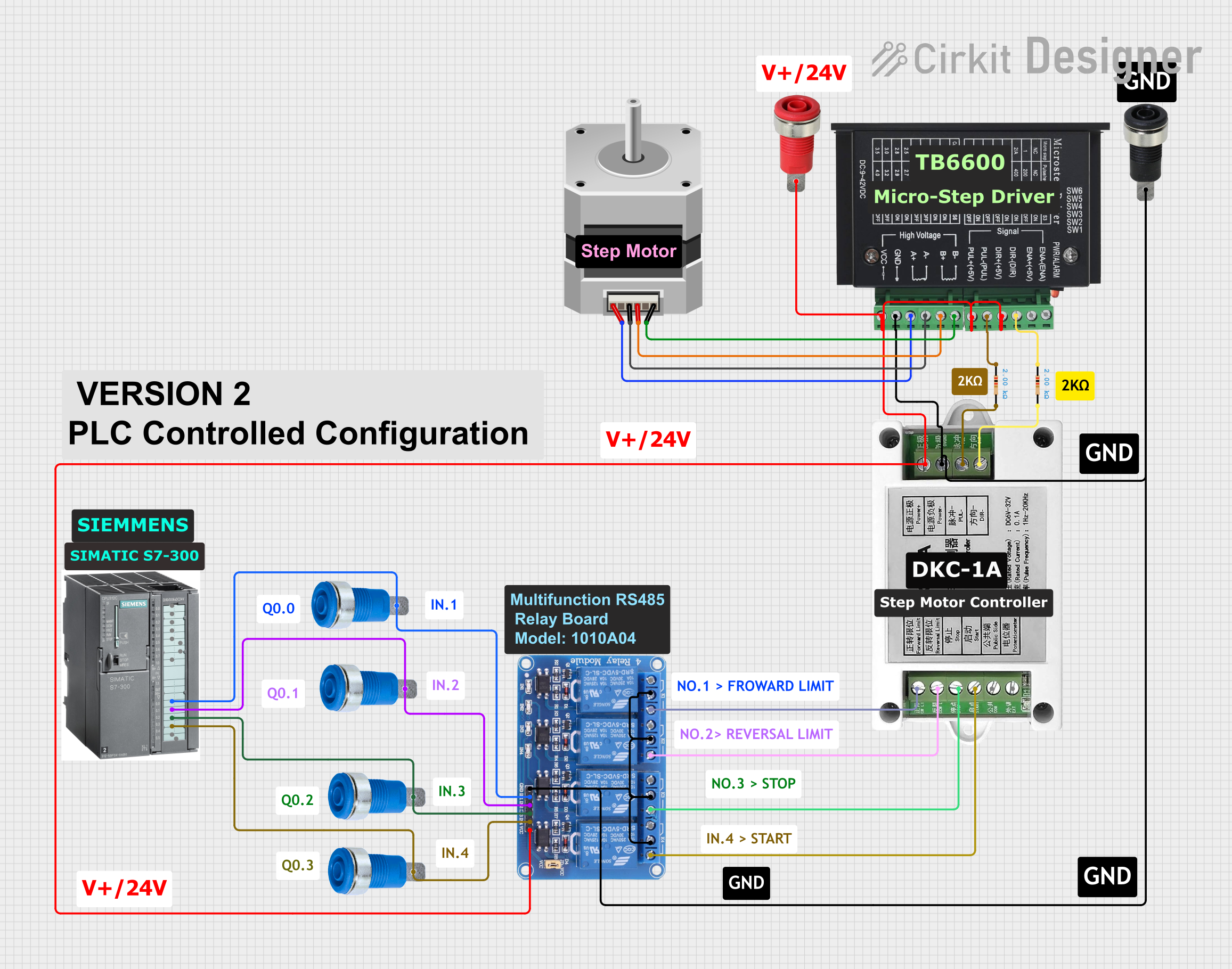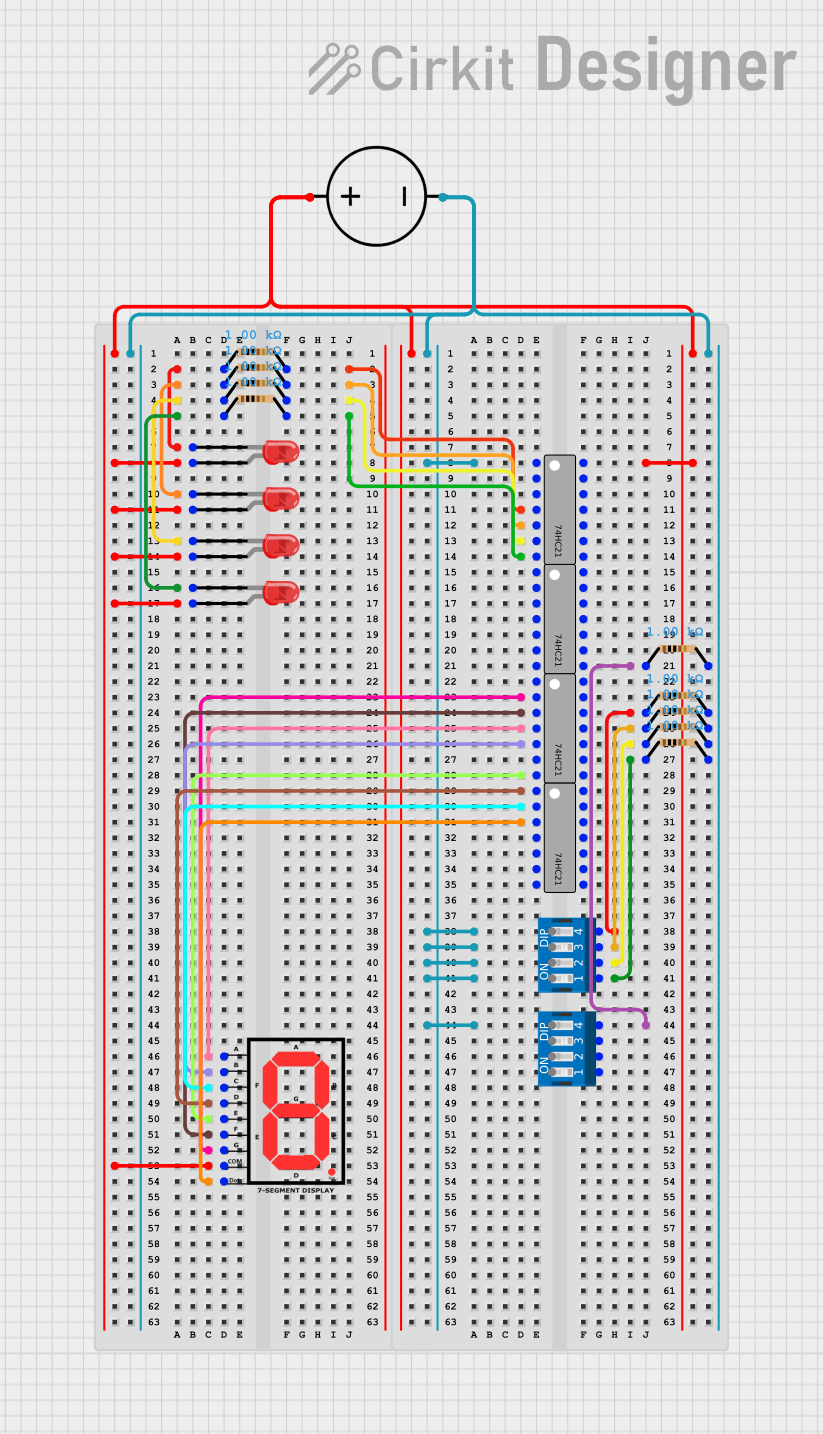
How to Use DB3(DIAC): Examples, Pinouts, and Specs

 Design with DB3(DIAC) in Cirkit Designer
Design with DB3(DIAC) in Cirkit DesignerIntroduction
The DB3 is a DIAC (Diode for Alternating Current), a bidirectional semiconductor device that conducts current only after its breakdown voltage is reached. Once the breakdown voltage is exceeded, the DB3 switches on and allows current to flow in either direction. This behavior makes it ideal for triggering TRIACs in AC circuits. The DB3 is widely used in applications such as light dimmers, motor speed controls, and other phase control circuits.
Explore Projects Built with DB3(DIAC)

 Open Project in Cirkit Designer
Open Project in Cirkit Designer
 Open Project in Cirkit Designer
Open Project in Cirkit Designer
 Open Project in Cirkit Designer
Open Project in Cirkit Designer
 Open Project in Cirkit Designer
Open Project in Cirkit DesignerExplore Projects Built with DB3(DIAC)

 Open Project in Cirkit Designer
Open Project in Cirkit Designer
 Open Project in Cirkit Designer
Open Project in Cirkit Designer
 Open Project in Cirkit Designer
Open Project in Cirkit Designer
 Open Project in Cirkit Designer
Open Project in Cirkit DesignerCommon Applications:
- Light dimmers for household lighting
- Motor speed controllers
- Triggering circuits for TRIACs
- AC voltage regulation
- Overvoltage protection circuits
Technical Specifications
The DB3 DIAC is designed for reliable and consistent performance in AC applications. Below are its key technical specifications:
| Parameter | Value |
|---|---|
| Breakover Voltage (VBO) | 28V to 36V (typical: 32V) |
| Maximum Repetitive Peak Current (ITRM) | 2A |
| Maximum Power Dissipation (PD) | 300mW |
| Operating Temperature Range | -40°C to +125°C |
| Package Type | DO-35 (Axial Lead) |
Pin Configuration and Descriptions
The DB3 DIAC is a two-terminal device with no polarity, as it is bidirectional. The terminals are typically referred to as Terminal 1 (T1) and Terminal 2 (T2).
| Pin | Description |
|---|---|
| T1 | First terminal (no polarity) |
| T2 | Second terminal (no polarity) |
Usage Instructions
How to Use the DB3 in a Circuit
- Triggering a TRIAC: The DB3 is commonly used to trigger a TRIAC in AC phase control circuits. Connect the DB3 in series with a resistor and capacitor to form a timing circuit. This circuit determines the phase angle at which the TRIAC is triggered.
- Bidirectional Operation: Since the DB3 is bidirectional, it can be connected in either orientation in the circuit.
- Voltage Considerations: Ensure that the applied voltage exceeds the breakover voltage (typically 32V) for the DB3 to conduct.
- Current Limiting: Use a series resistor to limit the current through the DB3 and protect it from damage.
Important Considerations and Best Practices
- Breakover Voltage: Ensure the circuit design accounts for the DB3's breakover voltage range (28V to 36V).
- Thermal Management: Avoid exceeding the maximum power dissipation of 300mW to prevent overheating.
- AC Applications: The DB3 is designed for AC circuits and may not function as intended in DC applications.
- Component Placement: Place the DB3 close to the TRIAC in the circuit to minimize noise and improve triggering reliability.
Example: Using DB3 with an Arduino UNO
While the DB3 is not directly interfaced with microcontrollers like the Arduino UNO, it can be used in conjunction with an AC phase control circuit. Below is an example of how an Arduino can control a TRIAC circuit triggered by a DB3.
/*
* Example: Controlling an AC load with Arduino and DB3-triggered TRIAC
* This code demonstrates how to use an Arduino to control the phase angle
* of an AC load by triggering a TRIAC with a DB3 DIAC.
*/
const int zeroCrossPin = 2; // Pin connected to zero-cross detection circuit
const int triacGatePin = 3; // Pin connected to TRIAC gate driver
volatile bool zeroCrossDetected = false;
// Interrupt service routine for zero-cross detection
void zeroCrossISR() {
zeroCrossDetected = true;
}
void setup() {
pinMode(zeroCrossPin, INPUT);
pinMode(triacGatePin, OUTPUT);
attachInterrupt(digitalPinToInterrupt(zeroCrossPin), zeroCrossISR, RISING);
}
void loop() {
if (zeroCrossDetected) {
zeroCrossDetected = false;
// Delay to control phase angle (adjust for dimming)
delayMicroseconds(5000); // Example: 5000µs delay for phase control
// Trigger the TRIAC gate
digitalWrite(triacGatePin, HIGH);
delayMicroseconds(10); // Short pulse to trigger TRIAC
digitalWrite(triacGatePin, LOW);
}
}
Notes:
- A zero-cross detection circuit is required to synchronize the Arduino with the AC mains.
- The DB3 is used in the TRIAC triggering circuit, which is not directly controlled by the Arduino but works in conjunction with it.
Troubleshooting and FAQs
Common Issues and Solutions
DB3 Not Triggering:
- Cause: The applied voltage is below the breakover voltage.
- Solution: Ensure the circuit voltage exceeds the DB3's breakover voltage (28V to 36V).
Overheating:
- Cause: Excessive current or power dissipation.
- Solution: Use a current-limiting resistor and ensure the power dissipation does not exceed 300mW.
Unstable Operation:
- Cause: Noise or improper placement in the circuit.
- Solution: Place the DB3 close to the TRIAC and use proper decoupling techniques.
No Output from TRIAC:
- Cause: The DB3 is not triggering the TRIAC.
- Solution: Check the timing circuit (resistor and capacitor) and ensure proper connections.
FAQs
Q1: Can the DB3 be used in DC circuits?
A1: No, the DB3 is designed for AC applications and requires an alternating voltage to function properly.
Q2: What happens if the voltage is below the breakover voltage?
A2: The DB3 remains in a non-conductive state until the voltage exceeds its breakover threshold.
Q3: Is the DB3 polarity-sensitive?
A3: No, the DB3 is bidirectional and can be connected in either orientation.
Q4: Can the DB3 handle high currents?
A4: The DB3 is not designed for high currents. Its maximum repetitive peak current is 2A, and it should be used with appropriate current-limiting components.